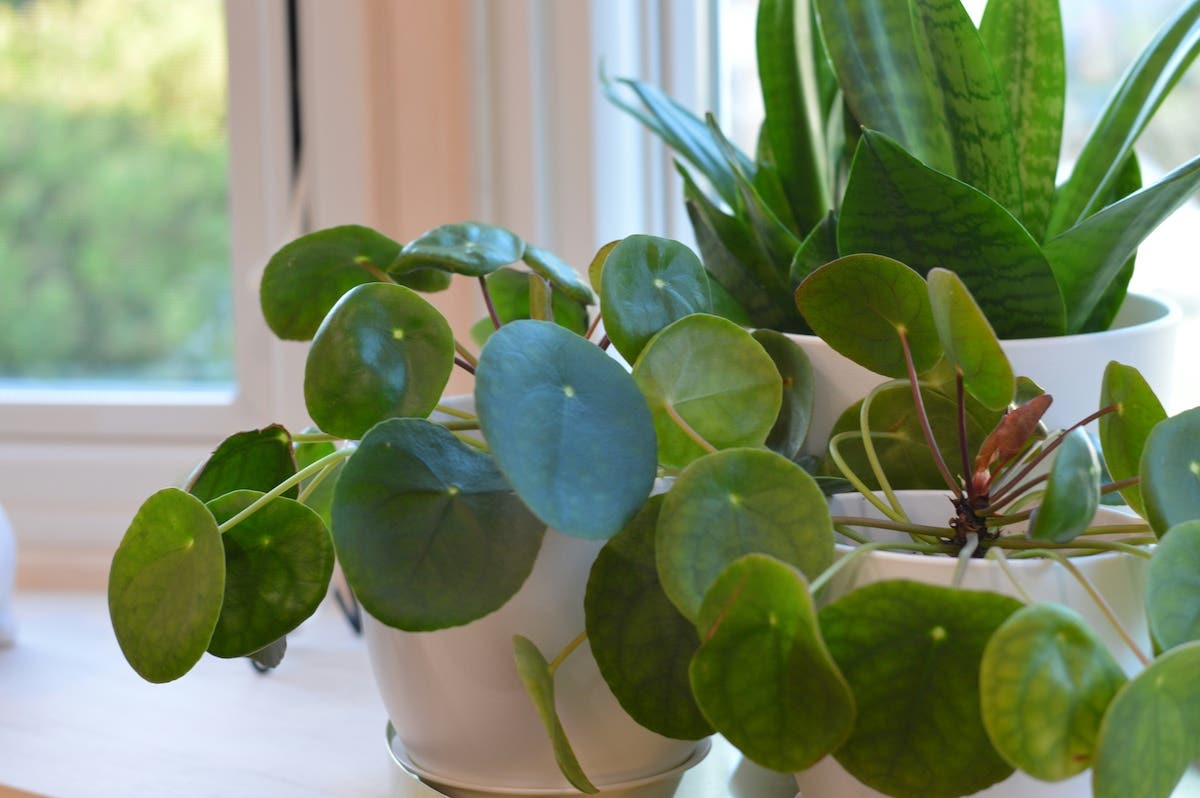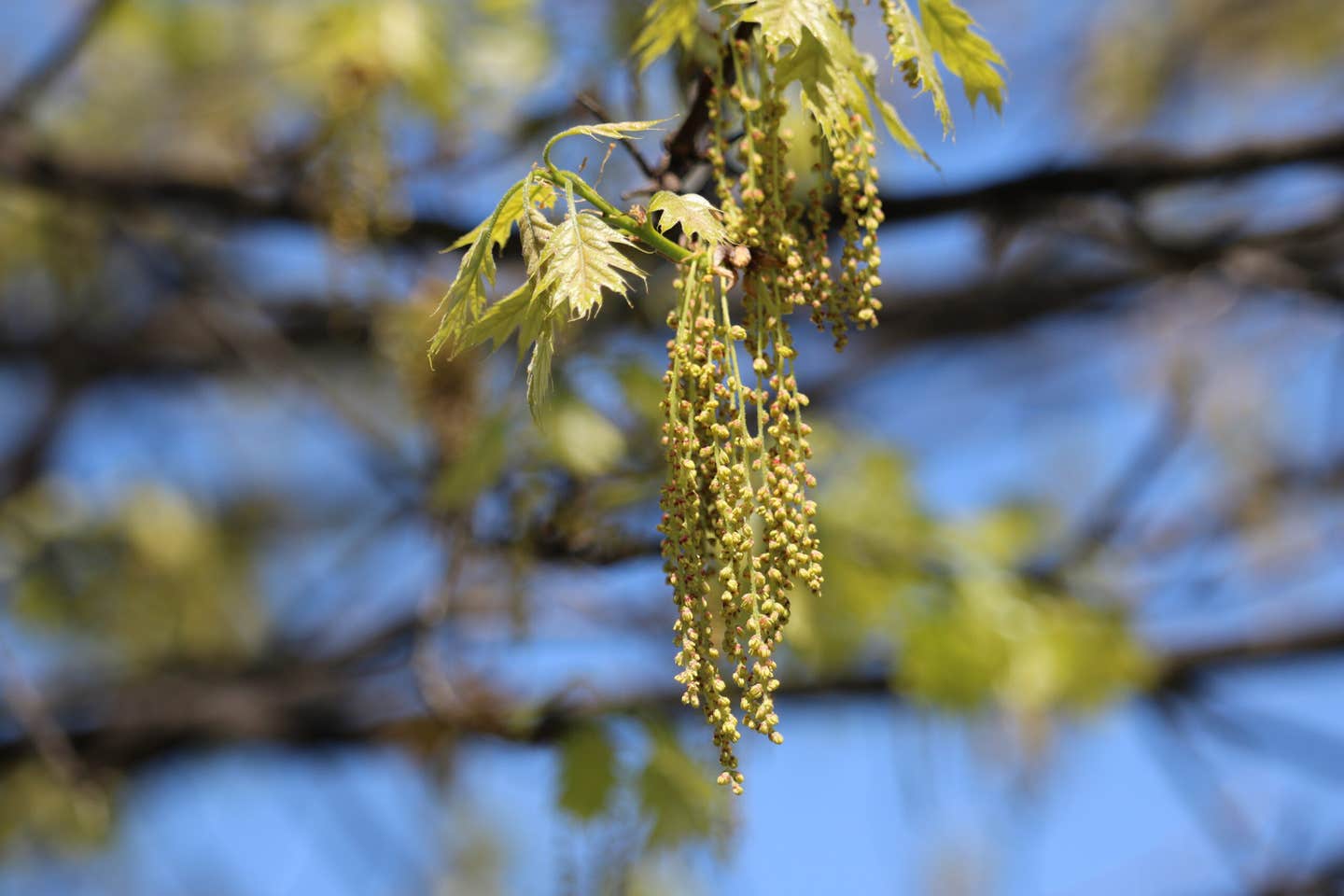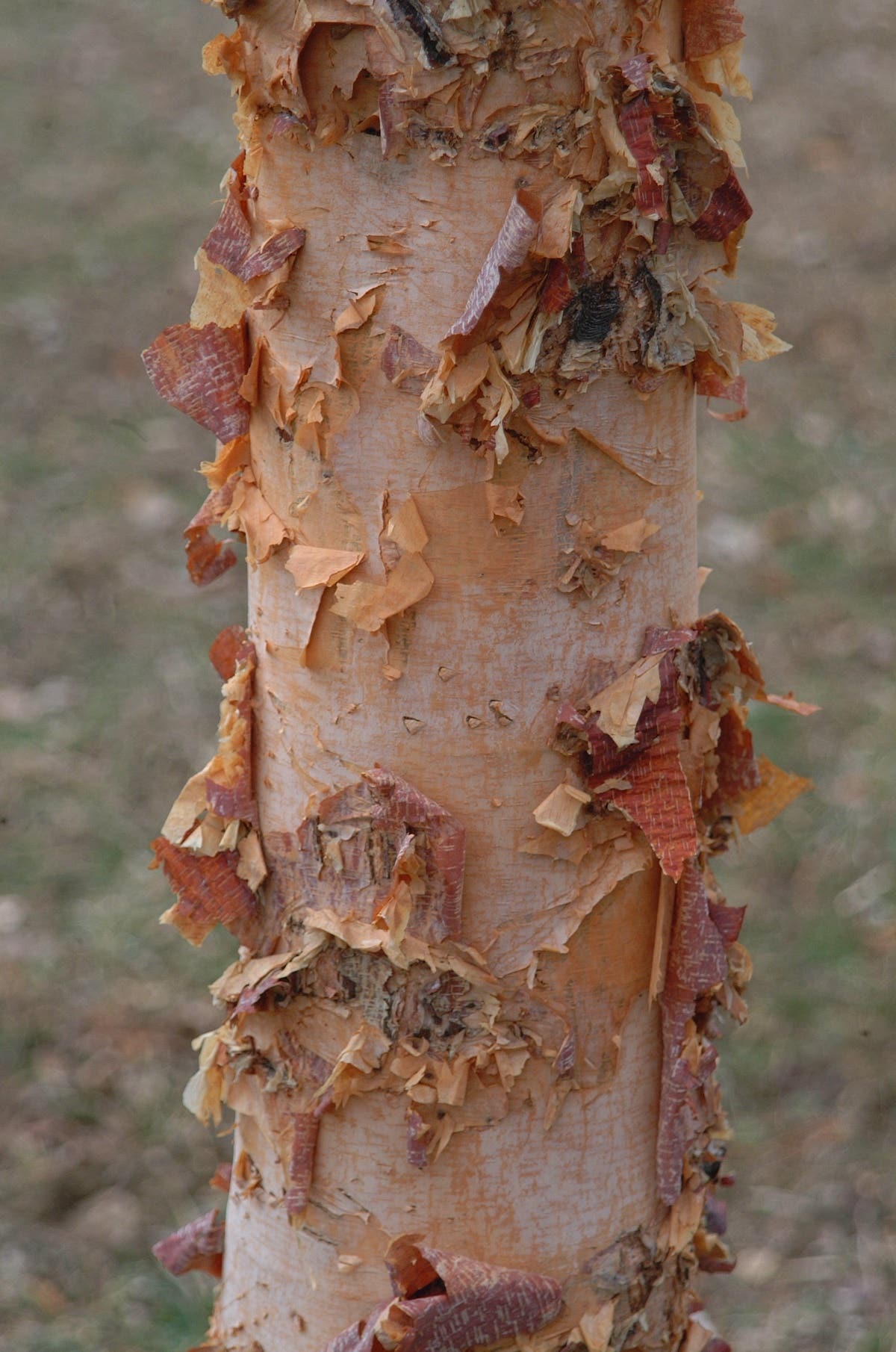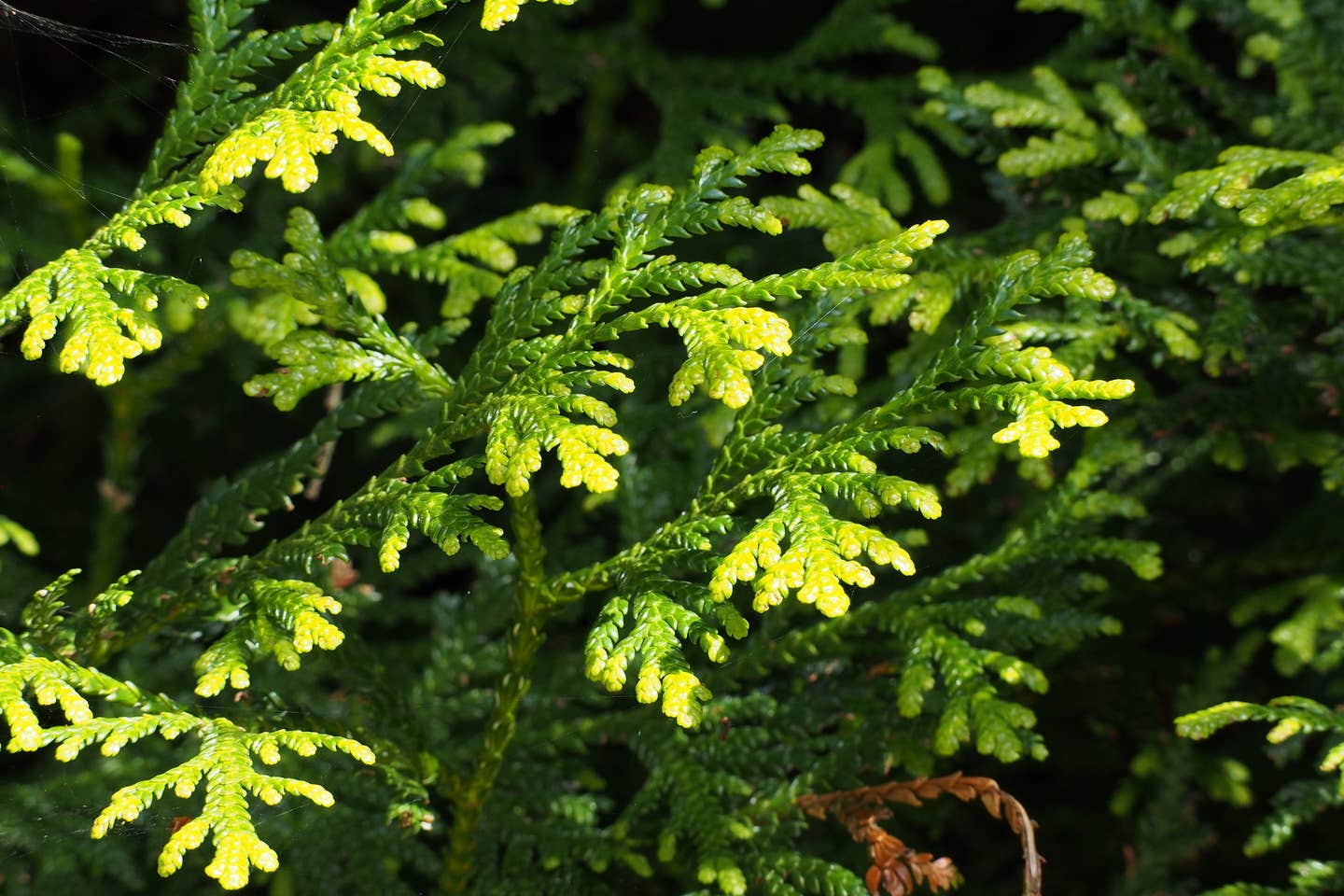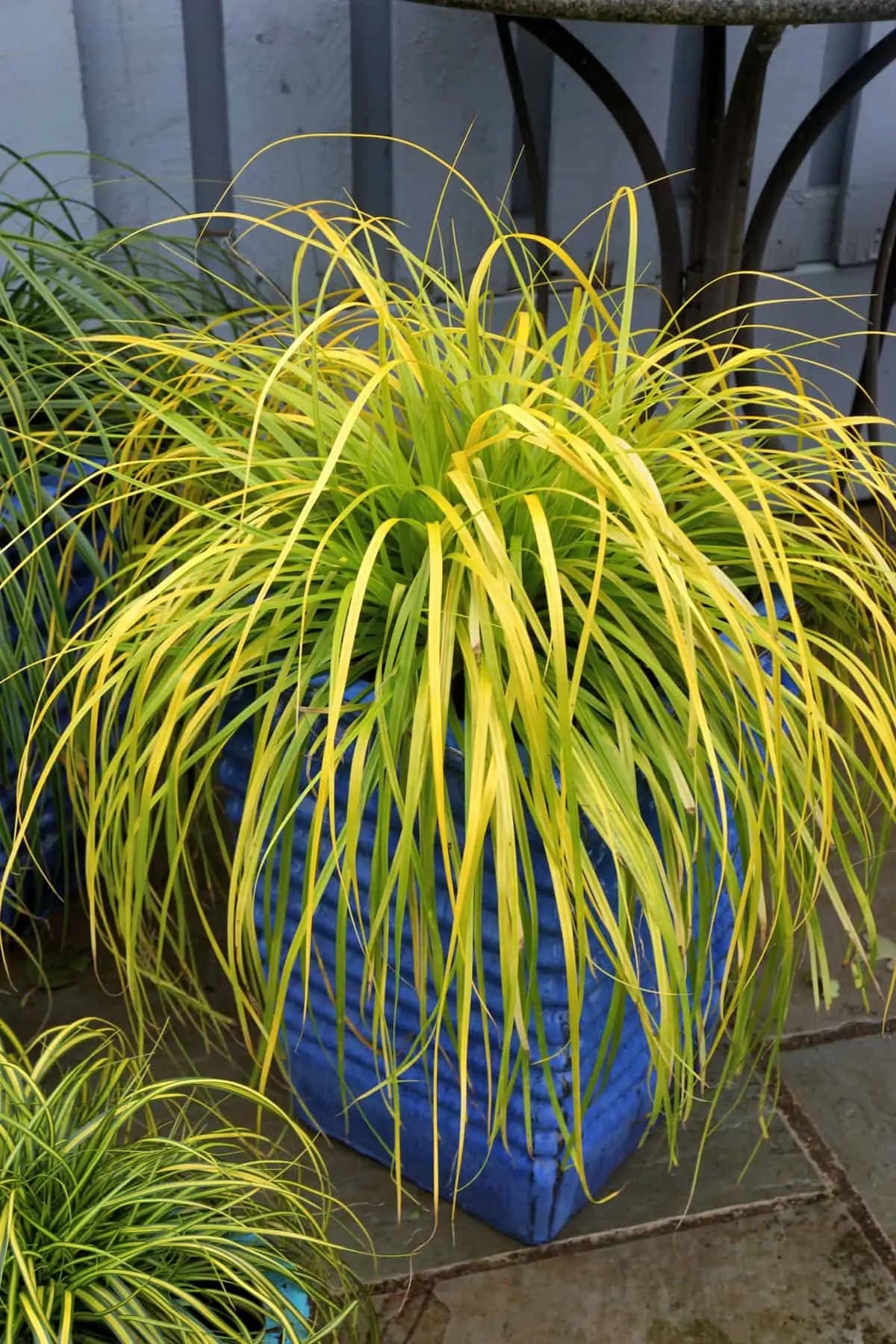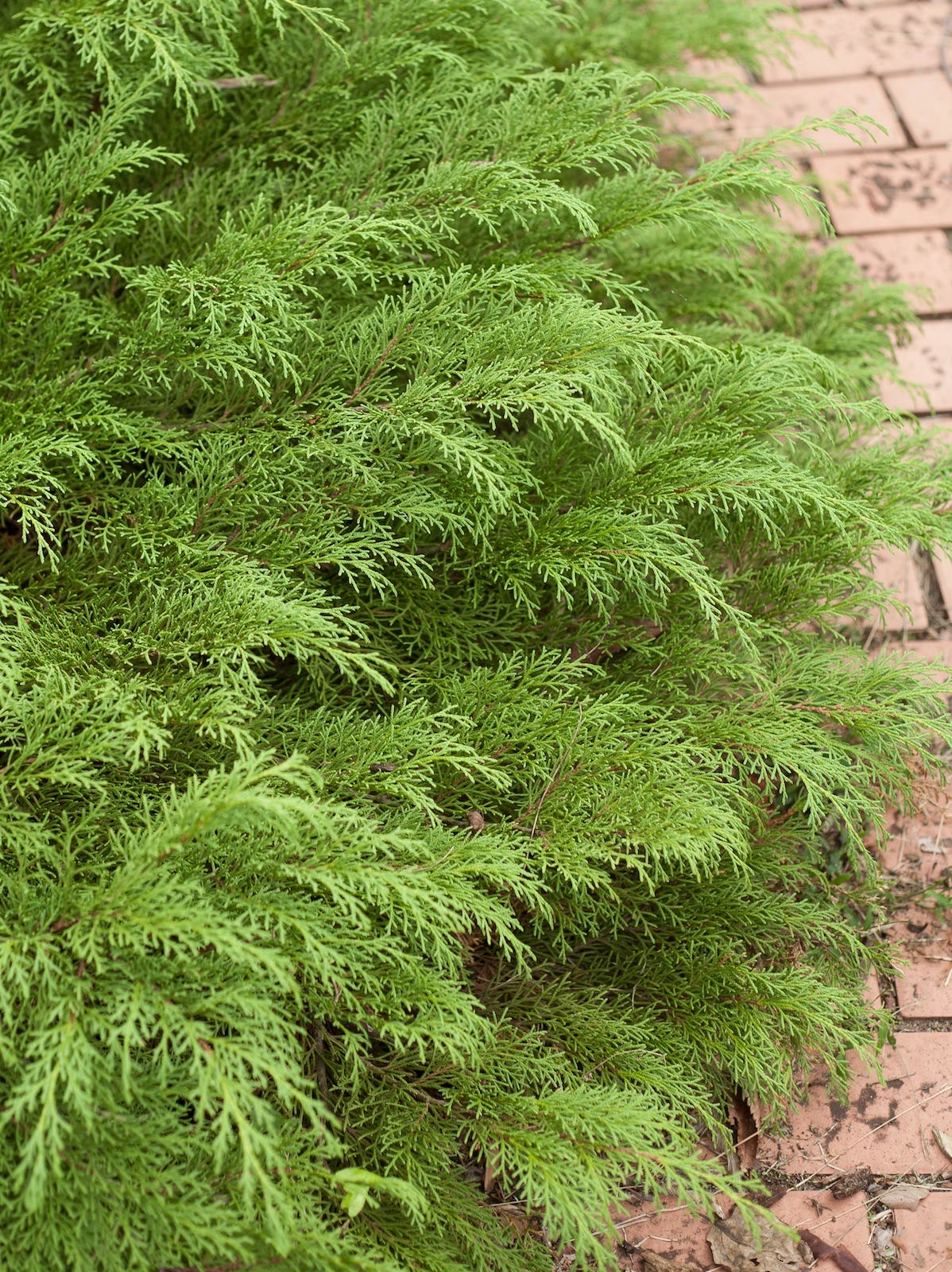Growing Herbs Indoors
What are some herbs that will grow well in pots, indoors? Answer: There is nothing like tasting a delectable recipe spiced to perfection with homegrown herbs. Herbs not only enhance…
What are some herbs that will grow well in pots, indoors?
Answer: There is nothing like tasting a delectable recipe spiced to perfection with homegrown herbs. Herbs not only enhance our favorite dishes, but also help us become a little more self-sufficient. Growing a luscious herb garden is not only limited to the outdoors. You can bring these tasty, food-enhancing plants indoors, by proper selection and maintenance.
Choosing which herbs to grow in your home doesn’t have to be a difficult process. Classic herbs such as basil, parsley, oregano, thyme and cilantro all can successfully grow in your indoor pots. You can also try other flavorsome herbs like rosemary, chives, mint, dill, bay and sage for more great indoor options. Most of these culinary staples can be transitioned easily from outdoor to indoor use when you take into consideration planting, watering, potting/soil and lighting.
Planting: Most herbs will thrive when grown from cuttings from plants or by using already established plants, rather than seeds. There are some that grow more successfully when started from seed, such as cilantro and also basil and parsley. When selecting seeds or plants to bring indoors, your best option is choosing ones that have never been exposed to the outdoor environment. However, if you want to start your indoor herbs from your already established outdoor plants, you can do this by placing your plants in a bright “transitional” area, like a garage or enclosed porch, for a few weeks to help get them accustomed to the change in environment.
Watering: This will vary depending on the plant but here are general tips for watering. The safest way to know when it is time to water your plants is by checking the soil. If the top inch of the soil feels dry, it is time to water. Water your herbs at the base of the plant and avoid wetting the leaves. You want the water to drain through the soil without resting at the bottom of the pot. Plant in a pot with good drainage to help avoid root rot. A good indication of over-watering is if the foliage begins to turn yellow.
Potting/soil: For best results plant your herbs in their own personal containers. Containers should be at least 6 inches in diameter, with good drainage. The best pots for herbs are terra-cotta, because they “breathe." When it comes to choosing soil, you want organic, well-drained soil, adding in a little sand or perlite to help with drainage. Every 2 to 4 weeks you should feed your herbs with liquid or fish fertilizer; make sure you select feed not for producing blooms since you are growing herbs for their leaves, not flowers. You can also add eggshells if you grow rosemary, thyme or basil, because they love a little extra lime. Repot when needed.
Lighting: Proper amounts of light are essential for thriving herbs. They need at least 6 hours of light, 4 at an absolute minimum. Place at south- or west-facing windows and/or in sunrooms or rooms with skylights. During the winter, light may dwindle; you can supplement the lack of exposure with fluorescent lights.
Remember, these tips can vary depending on the herbs you choose. It is important to adjust watering, light exposure, soil and feeding depending on each plant’s unique needs. But one thing will remain the same despite the herb plant in question: mouth-watering flavor!
Image: thyme, oregano and rosemary
_______________________________________________________________
Learn how to select, grow and maintain over 100 different types of herbs to grown in your own garden with Homegrown Herbs.
Do you love herbs and want a creative and fun “DIY” project? With the Project Download: Flowering Herbs Tile Coasters, you can learn how to create charming coasters perfect as a great gift idea or for your own home.
A beautiful glass cloche can show off indoor herbs.
Want great and easy to grow herbs, perfect for growing indoors? Check out the Easy to Grow Container Herb Garden Seeds collection, which includes Slow Bolt Cilantro, Profuma di Genova Basil, Fine Leaf Chives, Dukat Dill and Italian Parsley.
Use your favorite herbs and other delicious edibles from your garden into great recipes with More Recipes from a Kitchen Garden.


